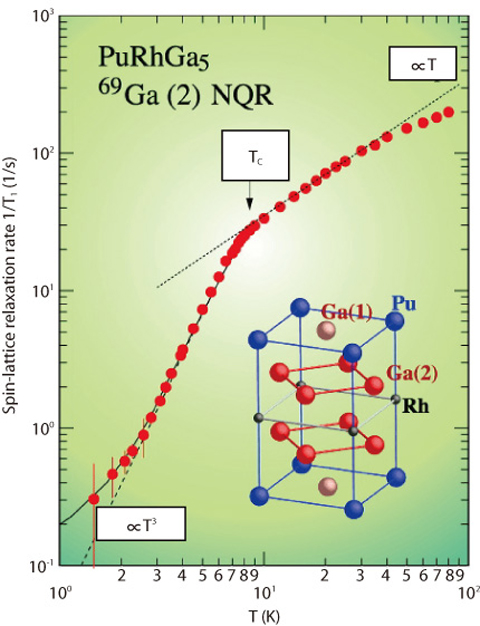
Fig.6-8 T-dependence of spin-lattice relaxation rate (1/T1) in superconducting PuRhGa5

Fig.6-9 Two dimensional Fermi surfaces with d-wave superconducting gap
In uranium and transuranium compounds, many exotic magnetic and superconducting states due to strong correlation of electrons have been found. We have synthesized a single crystal of a new superconductor PuRhGa5 for the first time and clarified its exotic superconducting state by the nuclear magnetic resonance (NMR) measurements. In order to clarify the superconducting state, the spin-lattice relaxation rate (1/T1) is particularly important. The BCS model theory for ordinary superconductors is well established, since measurements of (1/T1) show the coherence peak just below Tc predicted by the BCS model.
In the present study, the nuclear quadrupole resonance of 69Ga nuclei has been observed at zero field. Because of the zero field measurement, no distribution of superconducting order parameter due to the mixed state occurs. Fig.6-8 shows the T-dependence of 1/T1. The important point here is that no coherence peak just below Tc is observed, 1/T1 decreasing with decreasing T in the superconducting state. This fact indicates that the superconducting state in this compound is a non-conventional one with an anisotropic superconducting gap. In ordinary superconductors, 1/T1 is proportional to exp (-Δ/T) below Tc. In contrast, T-dependence of 1/T1 shows a power law behavior: 1/T1∝Tn in a non-conventional superconducting state. In PuRhGa5, n is estimated as 3. The value of n reflects the type of anisotropy in the superconducting gap. From measurements of the upper critical field HC2, it was revealed that the Fermi surface has a two dimensional nature. Combined with this fact, the observed T-dependence can be well reproduced by a model of two dimensional Fermi surfaces whose gap disappears at some points (nodes) (Fig.6-9) and a residual density of states due to defects.
As described above, we have identified an exotic superconducting state in a Pu-based new superconductor and now we will be investigating this origin of the non-conventional superconductivity.